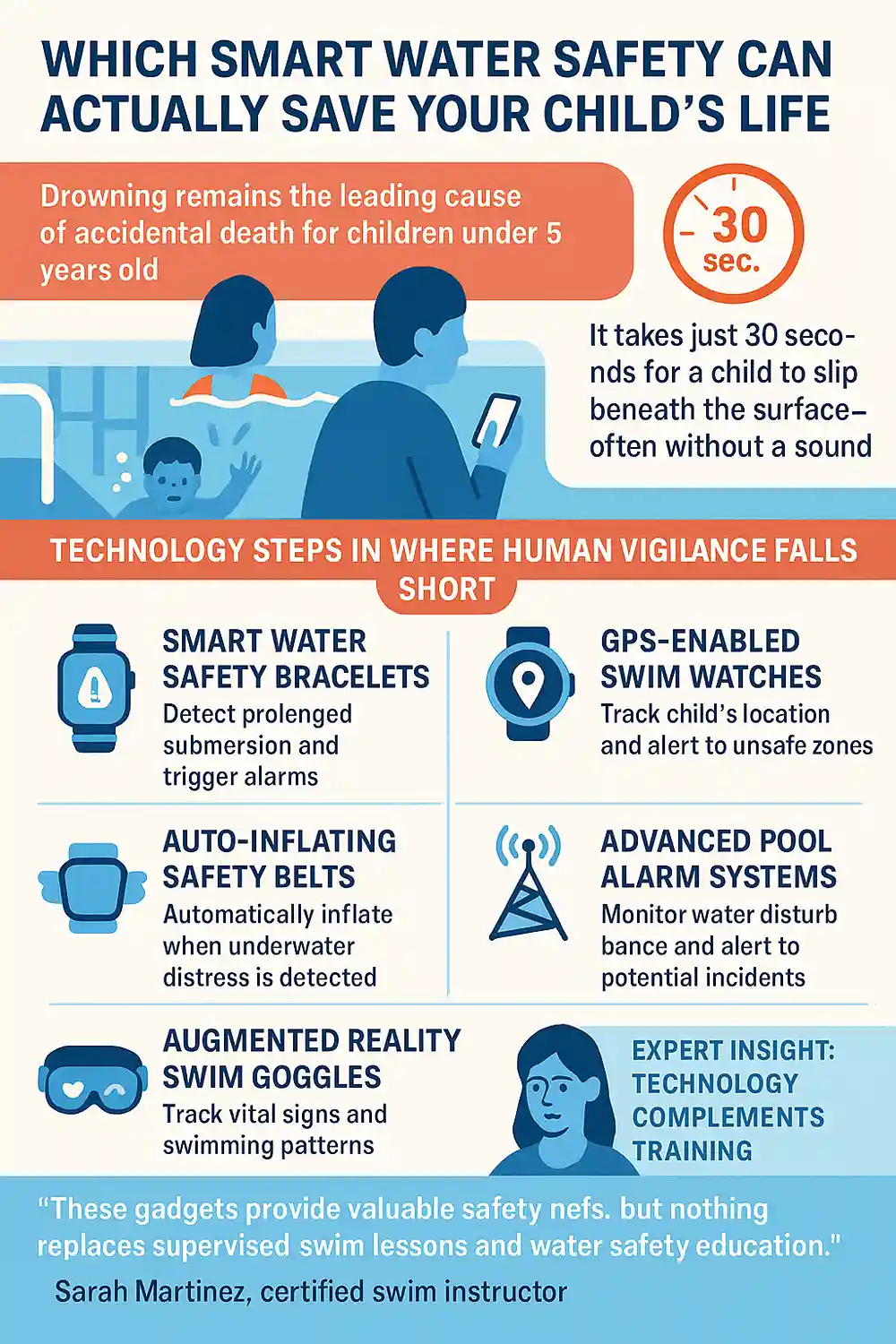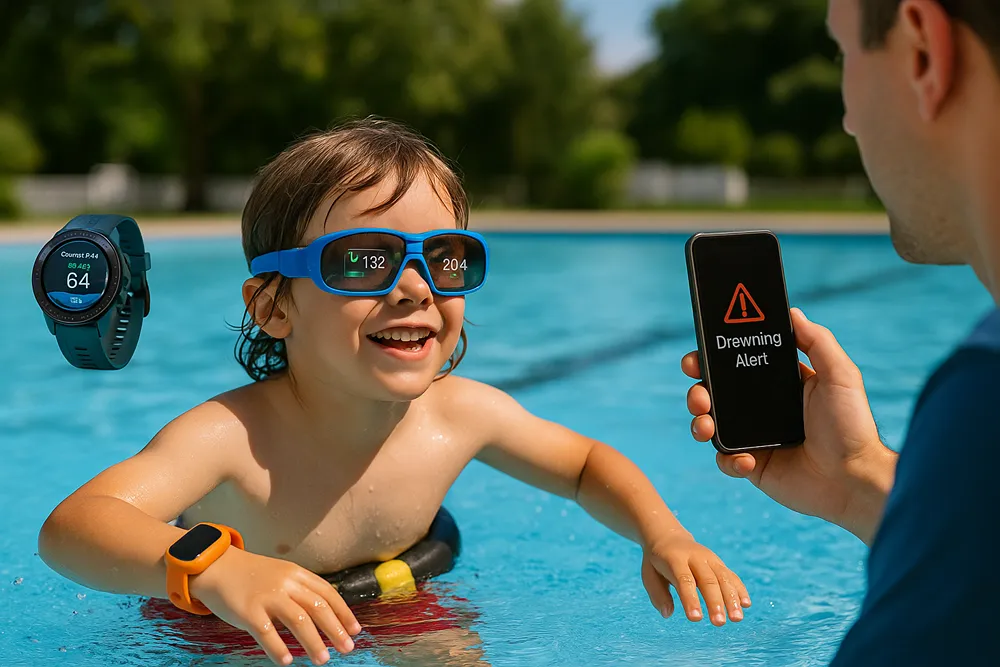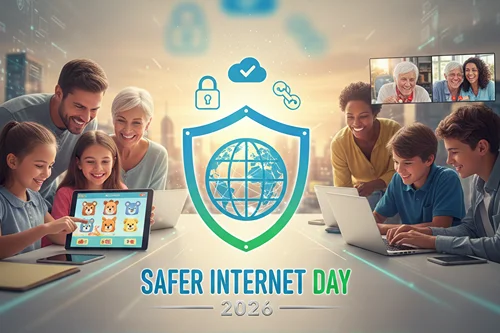First Few Days with Your Baby: Tips and Answers to the Most Frequently Asked Questions
Bringing a newborn home is a whirlwind of emotion and discovery. In those initial seventy‑two hours, you’ll juggle feeding cues, perineal care, diapering routines, and figuring out the right gear from a bassinet to an ergonomic stroller.
This guide offers expert-backed insights and helpful terms to help you feel prepared, confident, and in tune with your baby’s needs.
How Often Should My Baby Eat?
Newborns nurse or bottle-feed 8–12 times daily. Watch for the root‑suck‑swallow pattern rather than the clock. Early on, cluster feeding helps boost milk supply and stabilizes your let‑down reflex. If latching is painful, try a nipple shield or adjust positioning—old‑school football hold or laid‑back nursing can help. Keep a hands‑free breast pump on standby to relieve engorgement and build up a freezer stash.
How Do I Care for the Umbilical Cord?
The stump dries up and detaches in 7–14 days. Use sponge baths with a soft washcloth. Avoid baby powders or creams. Fold the diaper cuff below the stump to allow air circulation. If you see any erythema, persistent bleeding, or malodorous discharge, contact your pediatric provider for a quick check.
How Much Sleep Does My Newborn Need?
Expect 16–18 hours of sleep in 30‑ to 90‑minute cycles. Encourage supervised tummy time when they’re awake to develop head control and prevent positional plagiocephaly. Always lay your baby on their back in a firm, mesh‑sided bassinet. Do your research before buy a crib to ensure safety and overall well-being. A lightweight swaddle or sleep sack with UPF can keep a baby cozy without overheating.
How Often Should I Change Diapers?
Count on 6–8 wet diapers and 3–4 meconium‑to‑transitional stools per day after the first week. Use fragrance‑free, pH‑balanced wipes or cotton and warm water. Pat skin dry and apply a thin zinc‑oxide barrier if redness appears. Organize changing essentials in a diaper caddy or hanging pocket for easy reach.
What Should I Look for in a Stroller?
Seek a travel system with a flat‑lay bassinet for proper spinal alignment. Air‑filled tires and a multi‑point suspension system smooth out cobbles, grass, and sidewalks. A reversible seat unit lets the baby face in or out. Look for an adjustable leatherette handlebar, UPF 50+ extendable canopy, and modular frame that folds compactly. A spacious under‑basket and snack tray attachment complete the package.
How Can I Soothe a Fussy Baby?
Use multi‑sensory calming: swaddling, rhythmic patting, and white‑noise apps. A soft‑structured carrier or ring sling promotes bonding and vestibular input. Try an upright bounce in an ergonomic bouncer or gentle rocking mode on a smart stroller. Offer a pacifier or let your little one root along your chest for skin‑to‑skin comfort.

When Should I Call the Doctor?
Alert your pediatrician if your baby develops a fever over 38 °C, has fewer than 6 wet diapers after day five, or shows signs of dehydration (sunken fontanelle, dry mucous membranes). Watch for labored breathing, cyanosis around lips, or a weak Moro reflex. Any persistent jaundice beyond day five warrants evaluation.
How Do I Take Care of Myself?
Rest when baby naps. Eat nutrients‑dense meals rich in iron and omega‑3s. Sip water to support lactation. Use sitz baths and witch‑hazel pads for perineal comfort. Join postpartum support groups or consult a pelvic‑floor physiotherapist for tailored recovery exercises. Don’t hesitate to seek help for baby blues or postpartum depression.
How Do I Build a Routine?
Sync feeding, diaper changes, and sleep cues into a flexible rhythm. Plan brief stroller outings once you’ve mastered the travel system. Incorporate five‑minute tummy‑time and sensory play sessions after feeds. Track patterns in a journal or app to anticipate your baby’s needs and refine your schedule.
How Do I Keep My Baby Gear Clean and Hygienic?
Wipe down stroller handles and buckles with a baby-safe disinfectant. Machine-wash removable fabrics according to manufacturer instructions. Sanitize pacifiers, bottles, and teething rings daily in boiling water or a steam sterilizer. Use UV sanitizer bags for small items on the go.
Which Newborn Reflexes Should I Watch For?
Look for the Moro reflex (startle response), rooting reflex (turning head toward touch), and Palmar grasp (hand closure around your finger). These reflexes signal healthy neurological development. If any reflex is absent or asymmetrical, mention it at your next pediatric check-up.
Final Thoughts
The first few days with your baby are full of learning curves and precious moments. From understanding feeding rhythms and mastering cord care to choosing the right stroller and soothing techniques, each step builds your confidence as a parent. Remember to trust your instincts, lean on resources, and draw strength from your support network. With a little patience, the right tools, and expert guidance, you’ll navigate newborn care smoothly and cherish every milestone along the way.
Read about babyproofing steps you shouldn’t forget about.











